In the world of online advertising and digital marketing, finding effective strategies to boost sales is crucial for businesses striving to stay ahead. This is where the Single Keyword Ad Groups (SKAG) campaign steps in – a popular method known for generating impressive results.
But why do SKAG campaigns work so effectively in increasing sales? The answer lies in their laser-focused approach.
By dedicating an entire ad group to a single specific keyword search term, SKAG campaigns allow precision in targeting potential customers. This means that the ad copy can be tailored to match the searcher’s intent, capturing their attention and driving them towards a purchase. Moreover, the use of SKAGs enables marketers to optimise ads and landing pages to provide a more seamless and personalised user experience. With increased relevance of search terms, higher click-through rates, and improved Quality Scores, SKAG campaigns not only attract more qualified leads but also drive down costs and ultimately result in higher conversion rates.
So, if you’re looking to boost your sales figures, SKAG campaigns are a strategy worth exploring.
Benefits Of Using the SKAG Method
Improved ad relevance and click-through rates
Not only does the SKAG method bring increased control, but it also delivers better campaign performance. With SKAGs, you have the power to fine-tune your targeting and messaging to an unprecedented level. By dedicating separate ad groups to individual keywords, you can create highly relevant and compelling ad copy that directly addresses the search intent of your audience. This precision targeting improves ad relevance and significantly boosts click-through rates. When your ads align perfectly with what users are searching for, they are more likely to click on one ad, resulting in increased traffic to your website.
Enhanced Quality Score and lower cost-per-click
SKAGs also have a positive impact on your Quality Score. Google rewards ads that are highly relevant to the user’s own search terms or query, and by using the SKAG method, you can create ad groups with a tight keyword-to-ad relationship. This enhances your Quality Score, which in turn leads to lower cost-per-click. With a higher Quality Score and tight ad groups, you can achieve better ad rankings while paying less for each click, stretching your ad budget further and maximising your return on investment.
Increased control and better campaign performance
The SKAG method empowers you to take charge of your Google ad campaigns, allowing you to monitor and optimise each new ad group and keyword’s performance individually. By closely analysing all the ads’ data, you can make informed decisions on bid adjustments, ad copy improvements, and landing page optimisations. This iterative approach ensures that your campaigns are continuously refined and tailored to achieve peak performance.
Implementing The SKAG Method Step-by-Step
1. Keyword research and selection:
- Start by identifying relevant and high-performing keywords that align with your campaign goals.
- Use keyword research tools like Google Keyword Planner and SEMrush to uncover valuable keyword opportunities.
- Consider the search volume, competition, and relevance of each keyword to ensure you’re targeting the right audience.
- Don’t forget to leverage keyword match types effectively, including broad match, phrase match, and exact match, to refine your targeting.
Choosing The Correct Keyword Type
Keywords are the foundation upon which your ad campaigns are built, helping you connect with your target audience and drive relevant traffic to your website. Google Ads categorises keywords into three distinct types of ad testing: Broad Match, Phrase Match, and Exact Match.
Broad Match Keywords: Broad match keywords are like a wide-angle lens, capturing diverse search queries. When you use broad-match keywords, your ads will appear for variations, synonyms, and related terms, allowing you to cast a wide net and reach a broader audience. However, this approach can sometimes result in displaying your ads for irrelevant searches.
Phrase Match Keywords: Phrase match keywords strike a balance between specificity and reach. When you use phrase-match keywords, your ads will show up when users search for the exact phrase or a close variation of it. This type provides a more targeted approach compared to a broad match, allowing you to connect with users who are closer to conversion.
Exact Match Keywords: Exact match keywords offer pinpoint precision by displaying your ads only for the exact keyword or very close keyword variations. This type of keyword ensures your ads are highly relevant to users actively seeking your specific products or services.
2. Creating dedicated ad groups:
- Organise your keywords into specific ad groups, based on themes or product categories. By grouping keywords together, you can tailor your ad copy more precisely to match each keyword’s intent.
- Focus on a single keyword per ad group to maintain relevance and improve Quality Score. This level of organisation allows for better campaign management and performance tracking.
3. Crafting tailored ad copy:
- Writing compelling and relevant ads is crucial for catching the attention of your target audience. Customise your ad copy for each keyword, addressing the pain points or benefits that users are searching for.
- Utilise keyword insertion to dynamically insert the user’s search query into the ad, making it more personalised and relevant.
- Take advantage of dynamic keyword insertion to automatically update your ad with the keyword from your ad group, ensuring a perfect match.
4. Optimising landing pages:
- Align your landing pages with your ad copy and targeted keywords to create a seamless user experience.
- Make sure your landing pages provide the information or solution users are seeking.
- Optimise landing page elements, such as headlines, subheadings, and calls to action, to match the keywords and ad messaging.
SKAG Success Secrets: Best Practices for Maximum Impact
Once you have implemented the Single Keyword Ad Group method within your Google Ads campaigns, you can then elevate your success to new heights. Here are some best practices that will help you maximise the potential of your SKAGs, from monitoring performance to scaling your ad spend and refining your targeting.
Monitoring and analysing performance
- Keep a close eye on key metrics such as impressions, clicks, conversions, and click-through rates (CTR).
- Utilise Google Ads reporting tools to gain valuable insights and identify trends or patterns.
- Regularly analyse data to identify underperforming keywords or ad groups that require adjustments.
A/B testing and optimisation
- Experiment with different ad variations within your SKAGs to identify the most effective messaging and design.
- Test different landing page elements, including headlines, calls-to-action, and visuals, to maximise conversions.
- Make data-driven adjustments based on the results of A/B testing to continually optimise your SKAGs for better performance.
Scaling and expanding SKAGs
- Duplicate successful SKAGs to expand your keyword coverage and reach a larger audience.
- Identify new relevant keywords that align with your campaign goals and add them to existing or new SKAGs.
- Implement negative keywords to refine targeting and prevent your ads from appearing for irrelevant search queries.
SKAG Round-Up!
Congratulations! You’ve mastered the steps to implement the SKAG method within your Google Ads account, unlocking increased control and better campaign performance. By conducting thorough keyword research, organising keywords into dedicated ad groups, crafting tailored ad copy, and optimising landing pages, you’ve set the stage for success. With precision targeting, improved ad relevance, more ad clicks, and a higher Quality Score, you’re on track to lower costs and achieve higher conversion rates.
But don’t stop there! Remember to continue your journey to greatness with the best practices for SKAG success. Monitor and analyse performance across multiple campaigns, utilising key metrics and Google Ads reporting tools for invaluable insights. Embrace A/B testing and optimisation to refine your messaging and boost conversions. Scale and expand your SKAGs, duplicate successful ones, add relevant keywords, and implement negative keywords for refined targeting search results. Armed with these strategies, you’re primed to unlock the full potential of the SKAG method and soar to unparalleled success in your Google Ads campaigns.

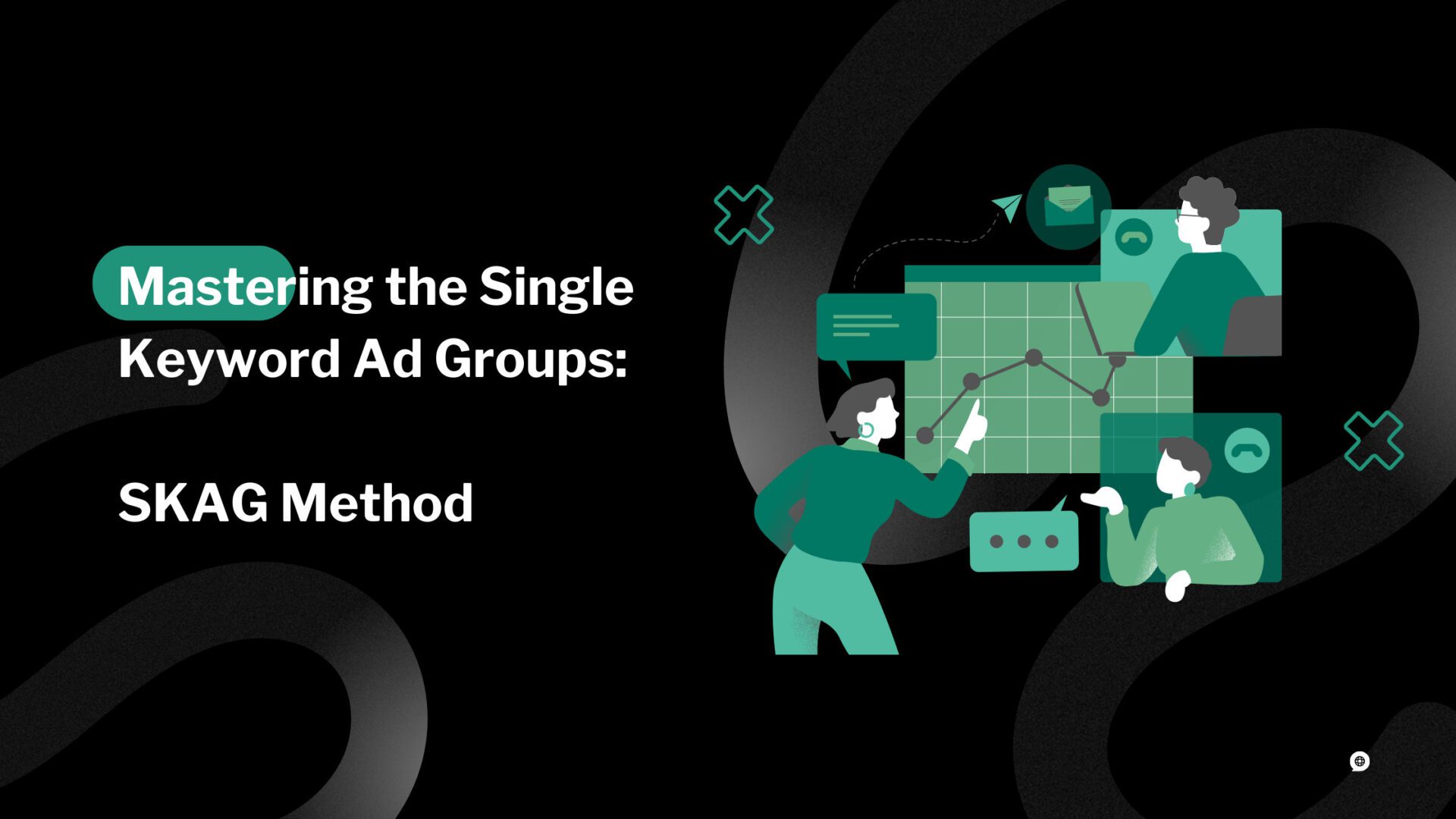

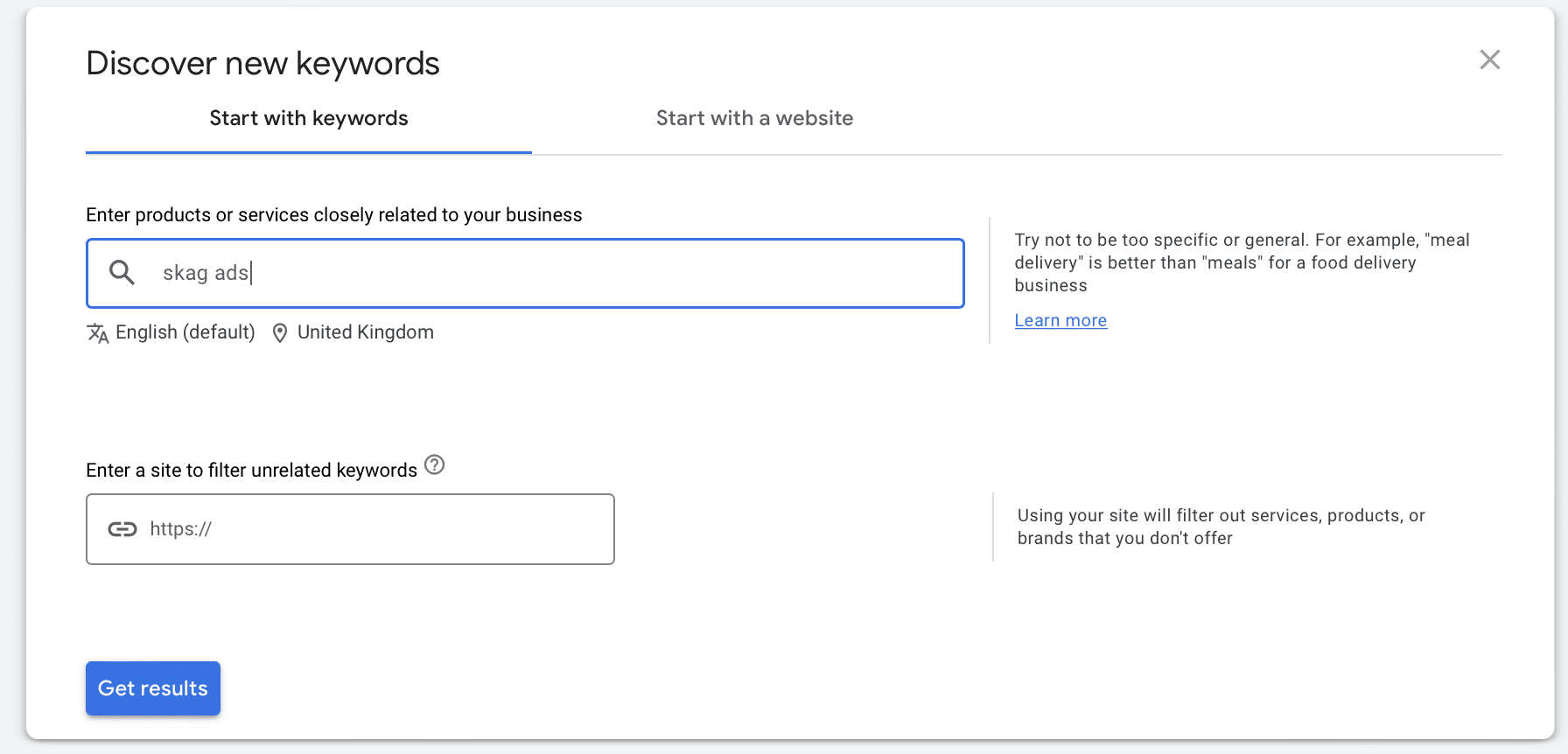
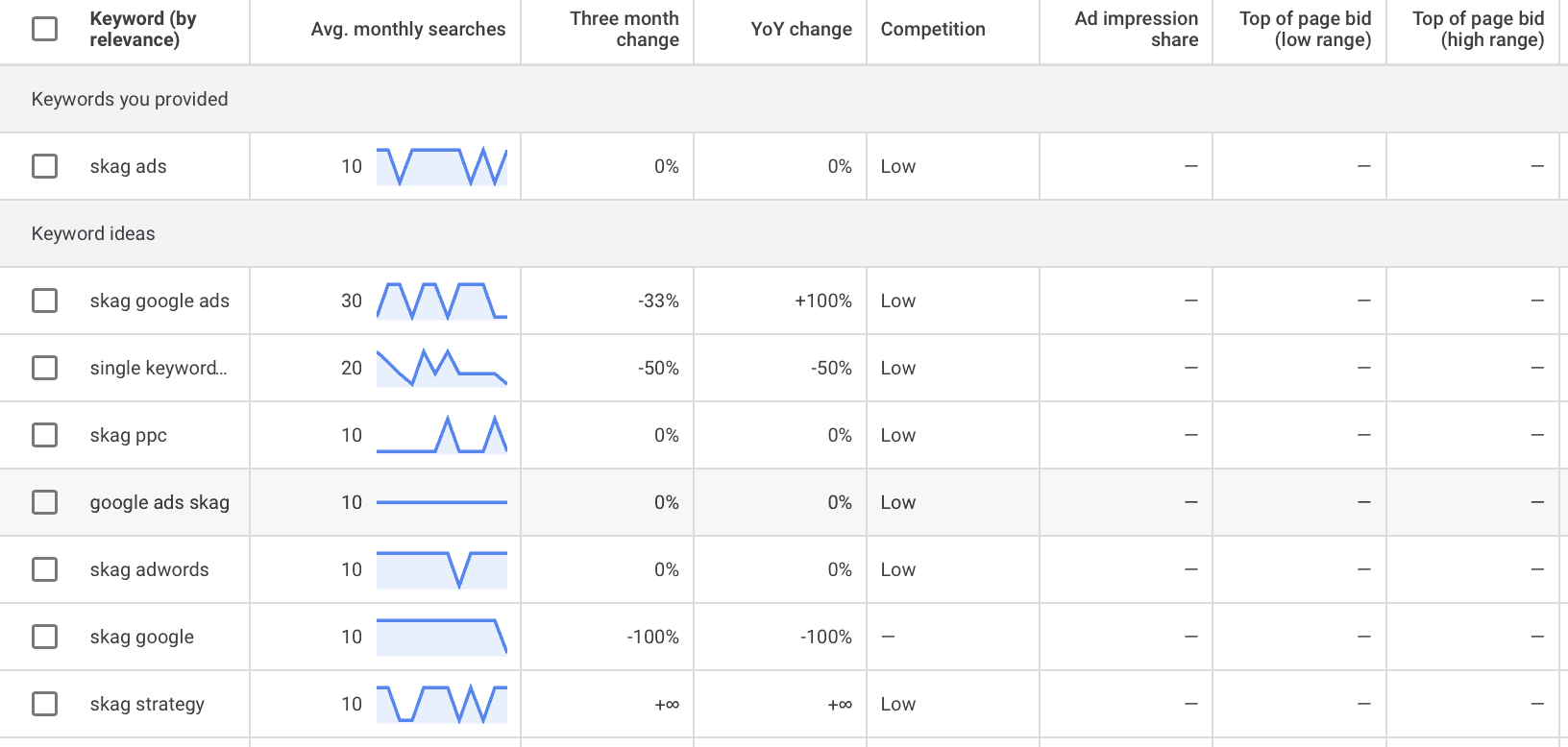
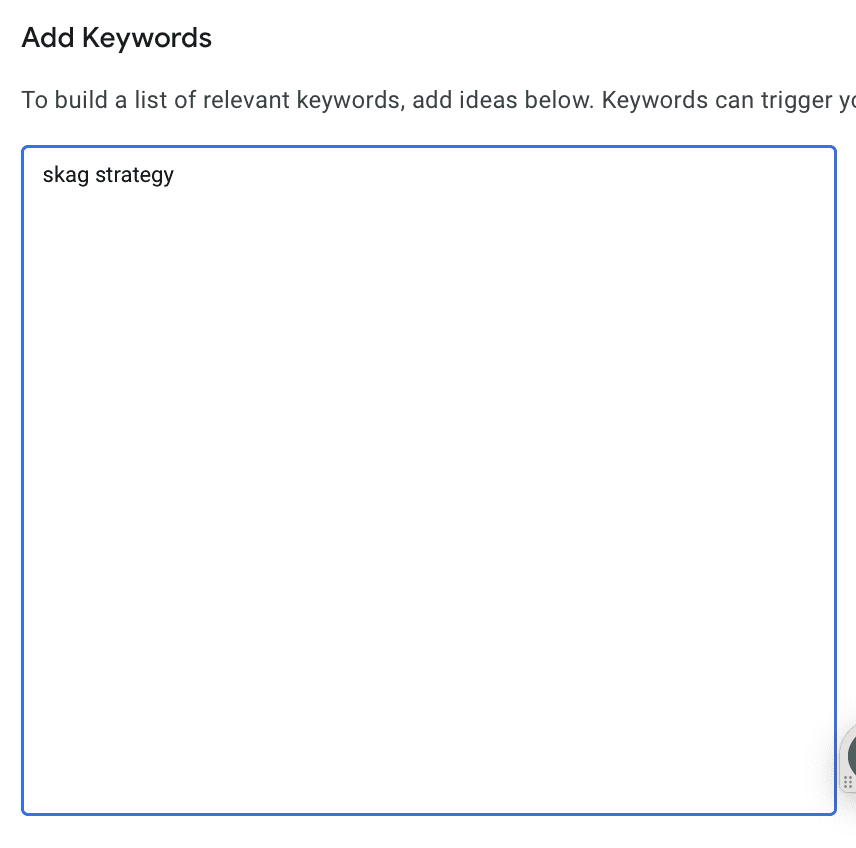
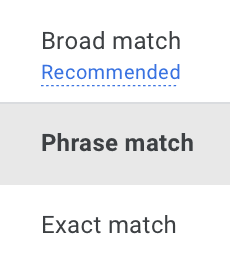
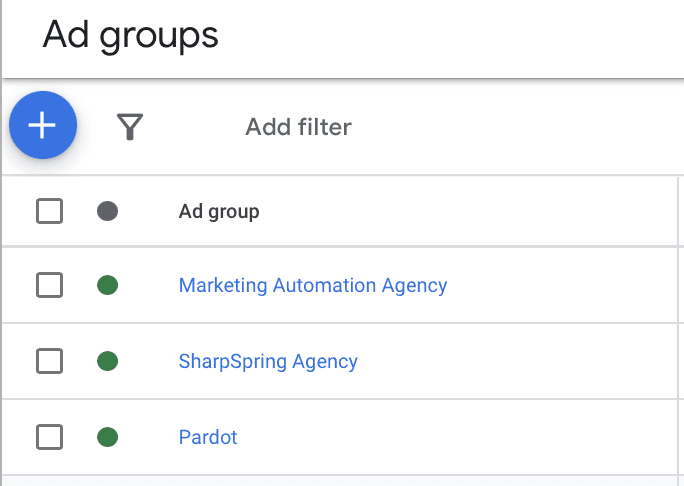



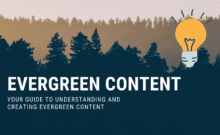





Leave a Comment